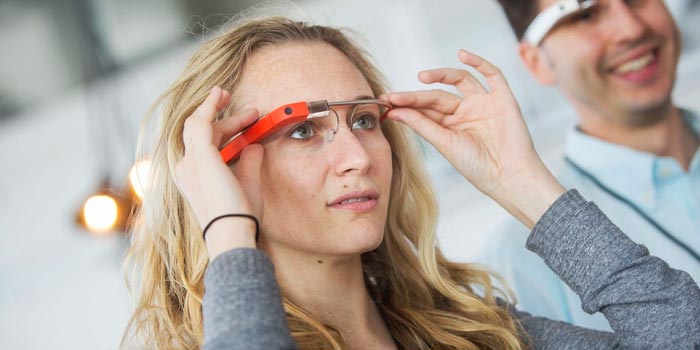Don’t wear your Google Glass and drive because it could kill you, according to a new study which says that it can obstruct your peripheral vision. The last mentioned is the part of your vision occurring outside the center of your gaze and is essential for activities like driving, engaging in sports or simply making your way around streets.
Published in the latest edition of the Journal of the American Medical Association, the University of California research blames the hardware design for this. In an analysis of 132 photos showing people using Google Glass, many of them were observed to wear it near or overlapping their pupilary axis.

When Google Glass is worn in such a manner, it can induce scotomas or blind spots. These are areas of reduced information within the visual field. Of course, the notes are based on a relatively small number of participants who cannot be deemed as representative of all users and a larger sample is needed.
Identifying elements which can influence the size and depth of scotomas cannot be successfully accomplished by studying a small number of the population. Visual field testing was also executed by the researchers to demonstrate significant blind spots in three participants wearing Google Glass.
Also see: Study says texting with Google Glass while driving is dangerous
Consumer interest in wearable devices such Google’s offering is increasing as we hopefully look towards the next big revolution in technology. But the dangers of having information beamed so obtrusively right onto your eyeballs, are still to be fully understood by scientists and manufacturers alike.
As is the usual case with studies such as the aforementioned, the researchers behind it have noted that the results implying Google Glass’ ability to encourage blind spots, is not conclusive for now.
